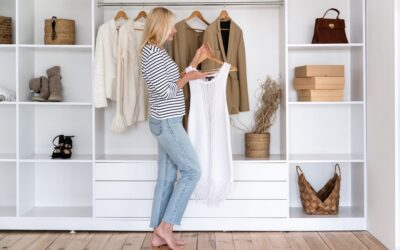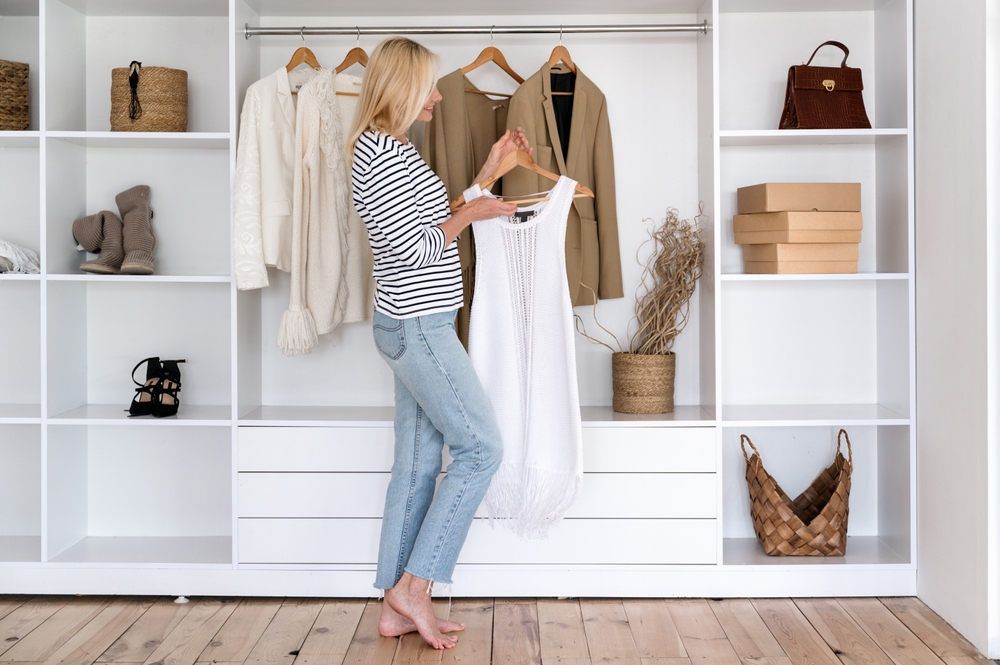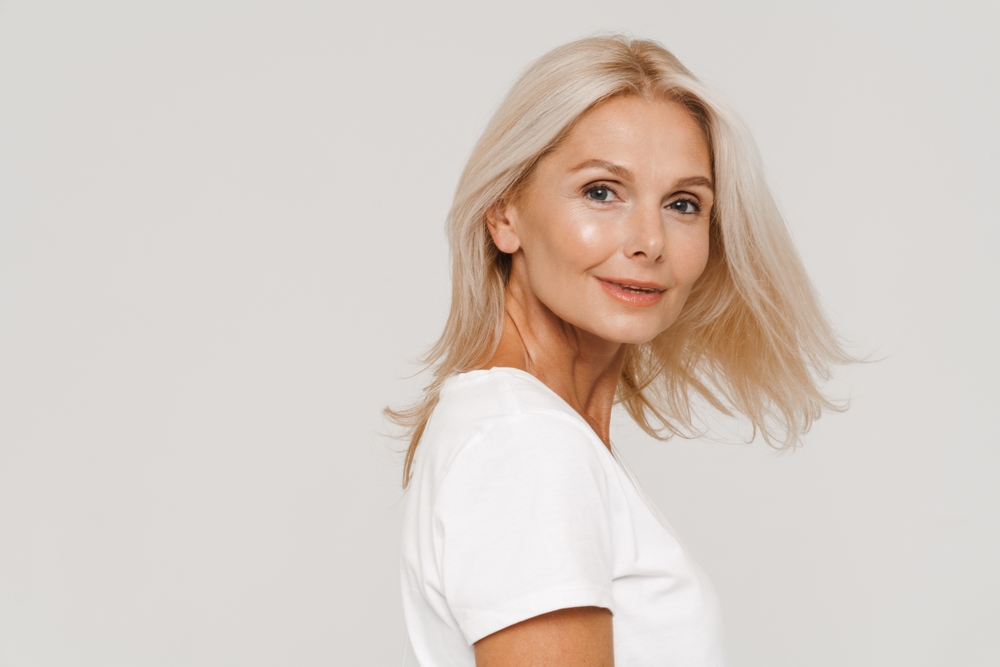In the world of influencers, the word “affordable” is tossed around as loosely as confetti at a parade. However, what they consider budget-friendly often leaves you questioning your financial sanity. The gap between their perception of affordability and the average person’s budget is stark. Here are 13 things influencers label as “affordable” that, for many, simply aren’t.
1. Luxury Skincare Products
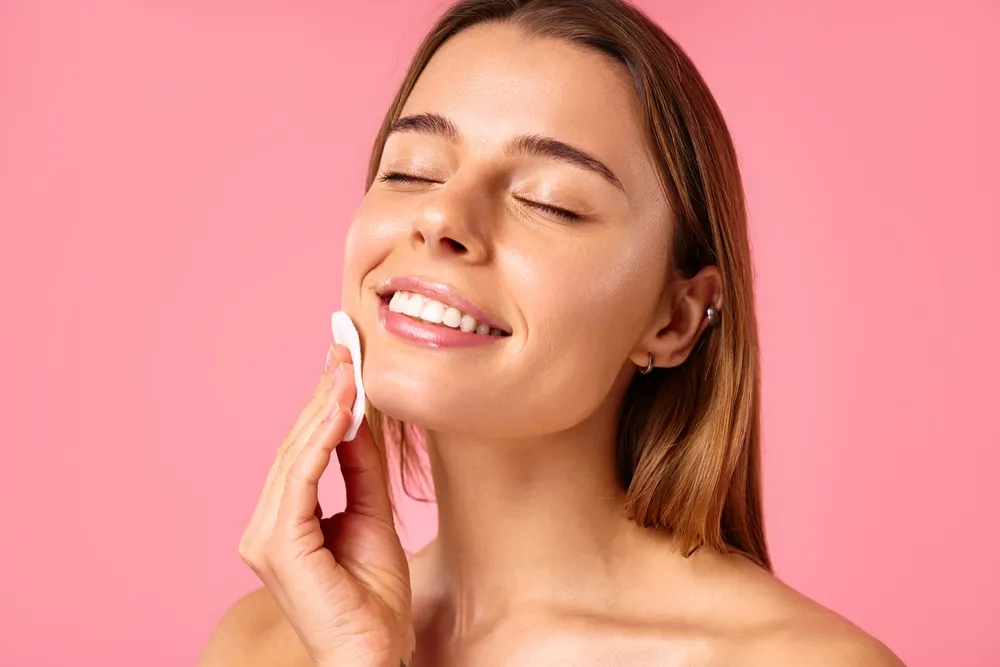
Influencers love to rave about skincare products that promise eternal youth, but the price tags often tell a different story. A serum priced at $150 or more is frequently described as a “skincare staple,” yet for most people, that’s a splurge, not a staple. When influencers call these products “affordable,” they ignore that the average person might consider a $20 moisturizer to be a luxury. The disconnect is palpable, making you wonder if they realize not everyone has a bottomless beauty budget.
According to a study by Mintel, the average American spends about $322 per year on skincare, which is significantly less than what one would spend following an influencer’s recommendations. For most people, skincare budgeting is about finding cost-effective products that work, not splurging on every new release. The “affordable” label often feels like a marketing tactic rather than a genuine reflection of value. In reality, achieving good skincare doesn’t have to mean draining your wallet.
2. Designer Handbags
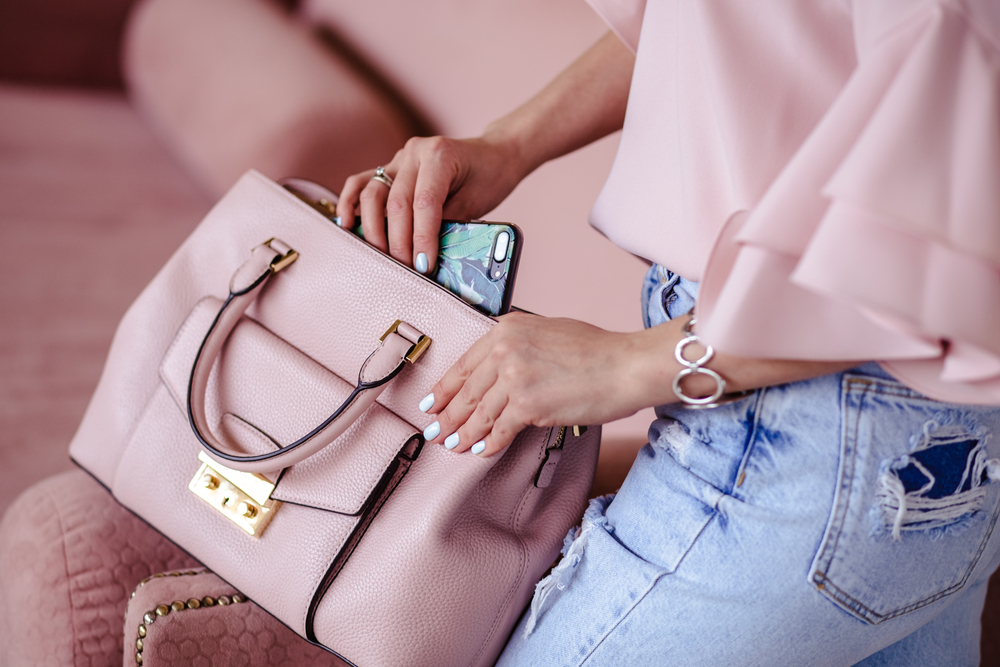
When an influencer tells you a $1,200 handbag is a must-have because it’s “affordable luxury,” you’re likely scratching your head. For many, a purchase of that magnitude requires months of saving or even resorting to credit. Influencers often justify the price by calling it an “investment piece,” a term that can be misleading for those who can’t afford to invest. The idea that such an expensive item is within everyone’s reach is, frankly, out of touch.
Most people view handbags as an accessory, not an investment. The real investment for the average person goes into things like education, home payments, or savings accounts. Even the concept of designer resale value doesn’t hold water if you don’t have the means to buy in the first place. So, when influencers use the term “affordable luxury,” it’s essential to remember that luxury, by definition, isn’t universal.
3. Boutique Fitness Memberships
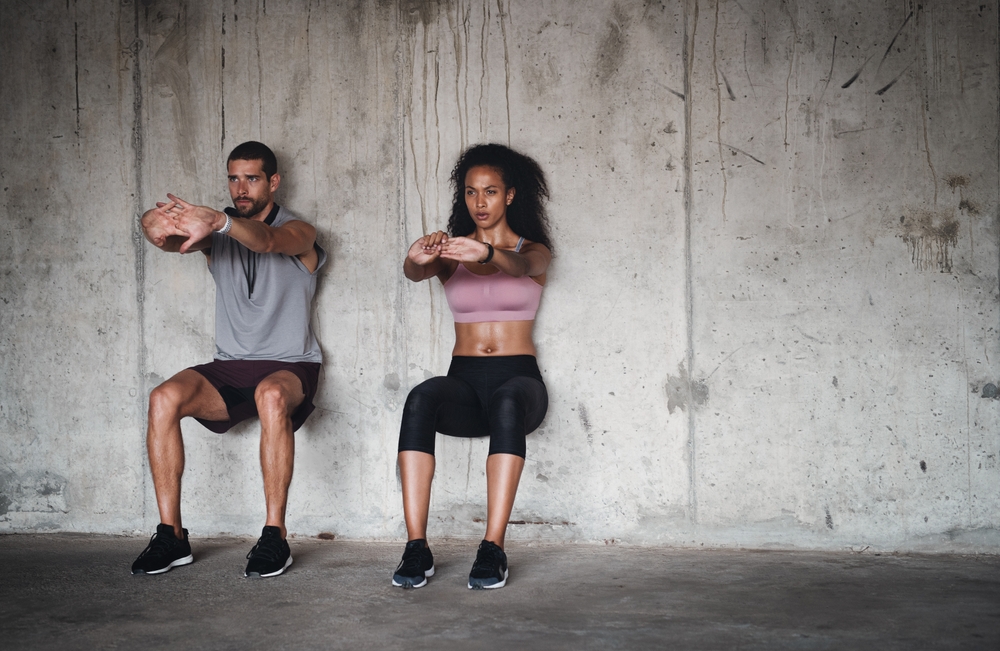
Boutique fitness studios offer specialized classes at premium prices, often described by influencers as affordable ways to stay fit. However, a monthly membership running upwards of $200 can feel anything but budget-friendly. For many people, a gym membership or home workouts offer more financially viable options. The reality is that fitness should be accessible to all, not just those who can afford to drop a small fortune every month.
In a CNBC report, the average American spends around $58 per month on fitness, far less than what boutique studios charge. While these studios offer a unique experience, they often cater to a niche market that doesn’t represent the majority. Given the rise of budget-friendly fitness apps and online programs, there are plenty of affordable ways to stay fit without breaking the bank. Influencers may find boutique fitness “affordable,” but for many, it’s a luxury that can’t be justified.
4. Exotic Vacations
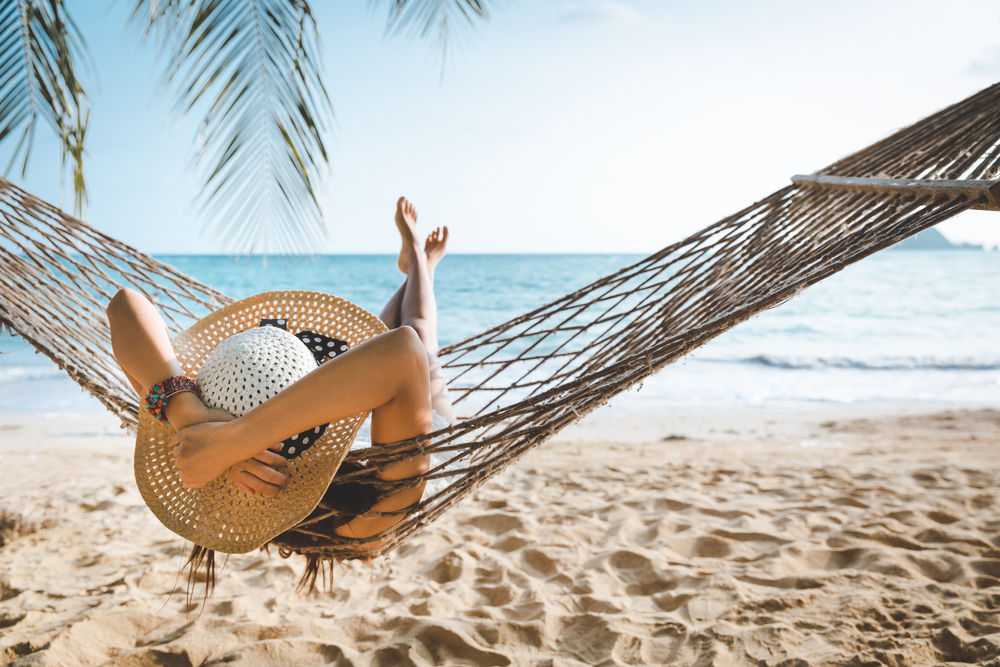
Scrolling through influencer feeds filled with idyllic beaches and luxury resorts can create a skewed sense of what’s affordable. When influencers label a $5,000 tropical vacation as a “reasonable getaway,” it becomes evident that their idea of affordability isn’t universal. This narrative overlooks the reality that many people save all year for a modest vacation, if they can afford one at all. Exotic vacations remain a dream for some, not an annual tradition.
While influencers often highlight hidden gems and off-peak travel deals, for the average person, airfare alone can be a significant expenditure. Many people prioritize vacations closer to home or opt for budget-friendly destinations to stretch their travel dollars. The influencer portrayal of leisurely wanderlust can feel distant, almost alien, when the costs become apparent. Real affordability in travel means staying within your means, not mimicking someone else’s luxury.
5. Sustainable Fashion
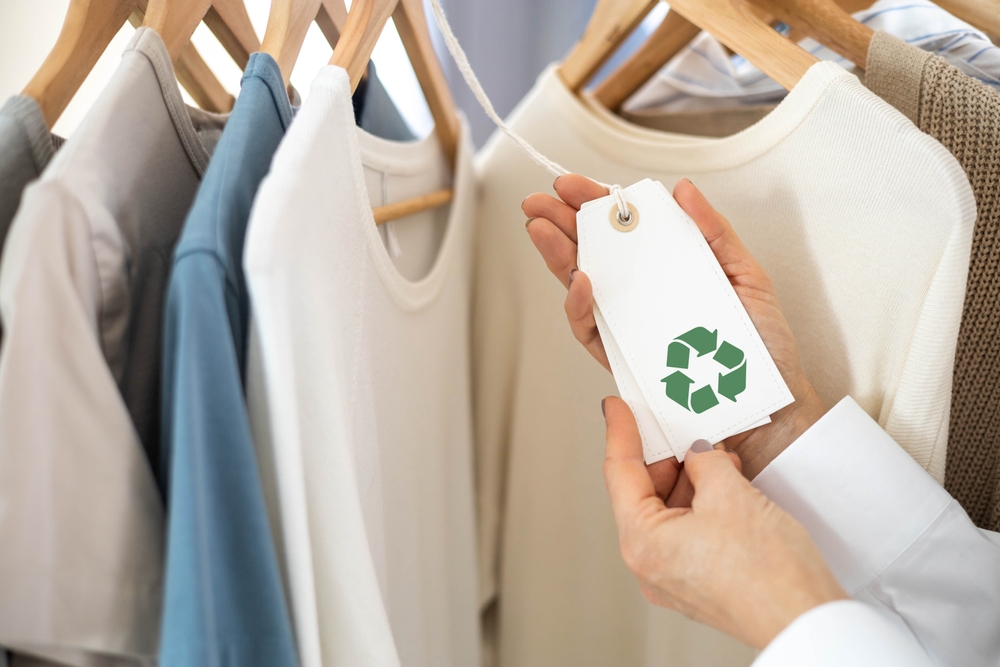
Sustainable fashion is increasingly popular, with influencers often highlighting it as an affordable alternative to fast fashion. However, the price tags on eco-friendly brands often reflect their niche status, with items costing significantly more than their fast-fashion counterparts. For many, a $100 organic cotton t-shirt doesn’t feel accessible or sustainable for their wallet. This disconnect raises questions about who truly benefits from the sustainable fashion movement.
According to the Ellen MacArthur Foundation, while sustainable fashion offers environmental benefits, cost remains a barrier for consumers. Most people want to shop sustainably but struggle with the premium prices attached to many eco-friendly brands. Balancing ethics with economics is a challenge many face when trying to make greener choices. The influencer narrative often overlooks this struggle, painting an overly rosy picture of affordability in sustainable fashion.
6. Home Decor

Influencers often share curated home tours, touting decor items that are “affordable” yet carry hefty price tags. A $300 vase or a $2,000 coffee table might be positioned as must-haves for a chic home. However, for most people, such items fall firmly into the luxury category, not everyday purchases. The implication that these are attainable for everyone can be misleading and frustrating.
For those decorating on a budget, thrift stores, DIY projects, and budget-friendly retailers tend to be the go-to options. The allure of influencer-approved decor does little to alleviate the financial strain of furnishing a home. Real affordability in home decor looks different for everyone, and it often involves creativity and compromise. While influencers might find these items “affordable,” in reality, they highlight a divide between perception and economic practicality.
7. Tech Gadgets
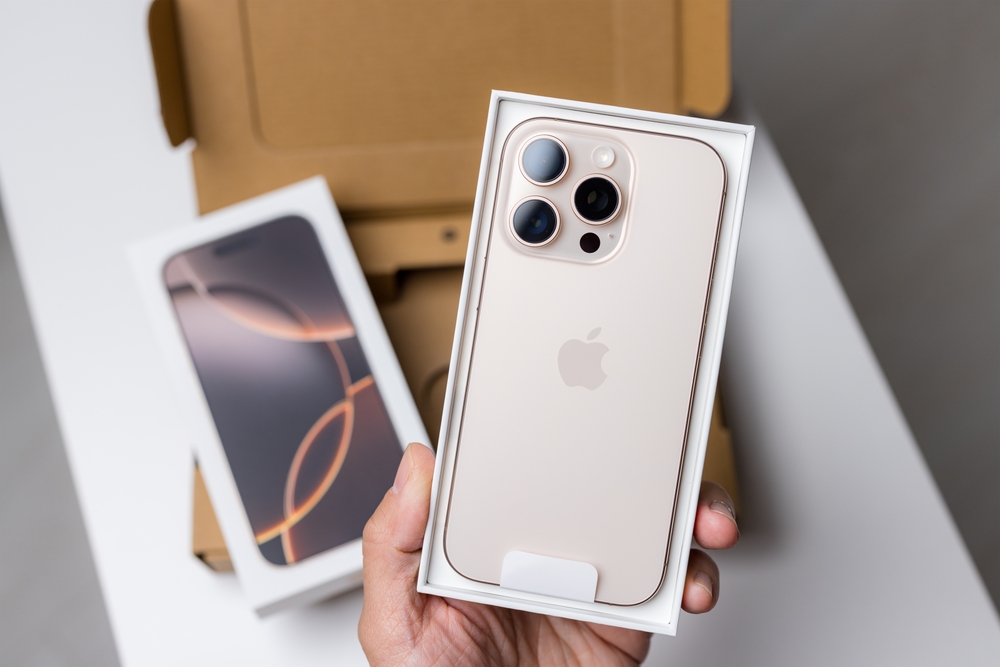
Influencers love showcasing the latest tech gadgets, often labeling them as affordable must-haves. However, a $1,000 smartphone or a $500 smartwatch can be unattainable for many. For most, these gadgets are significant financial commitments rather than impulse buys. Yet, influencers often gloss over this reality, portraying them as universally accessible.
A report by Pew Research Center highlights that while smartphone ownership is high, many consumers opt for cost-effective plans and older models to manage expenses. For most people, tech purchases require careful budgeting and consideration of necessity versus luxury. The influencer narrative often skips these nuances, suggesting a skewed version of affordability. For those navigating real-world budgets, tech purchases are calculated decisions, not casual updates.
8. Gourmet Meal Kits

Meal kits promising gourmet experiences at home have become a favorite among influencers who label them “affordable dining.” However, at $10 or more per serving, they often rival restaurant prices. For many families, grocery shopping and cooking at home remain the most economical options. While meal kits offer convenience, calling them affordable oversimplifies the budgeting challenges faced by many.
The marketing of these kits as time-savers often overshadows their cost implications. For those on tight budgets, meal planning and bulk buying offer better financial benefits. Real affordability in dining comes with understanding what works best for your lifestyle and wallet. Despite influencer claims, meal kits are often more luxury than necessity for many.
9. Subscription Boxes

From beauty to snacks to books, subscription boxes are marketed as affordable treats but can accumulate into substantial expenses. While they offer variety and surprise, a monthly fee of $50 or more doesn’t fit into everyone’s budget. Influencers often highlight the joy of receiving these boxes, glossing over the cumulative cost. For many, these subscriptions represent an occasional splurge, not a regular indulgence.
The allure of subscription boxes lies in their novelty, but their financial impact can quickly add up. For those prioritizing savings or debt repayment, subscriptions might not be feasible. Real affordability involves considering long-term financial goals, not just short-term delights. Influencers may enjoy and afford multiple subscriptions, but for many, it’s a luxury that doesn’t align with everyday financial priorities.
10. Designer Collaborations
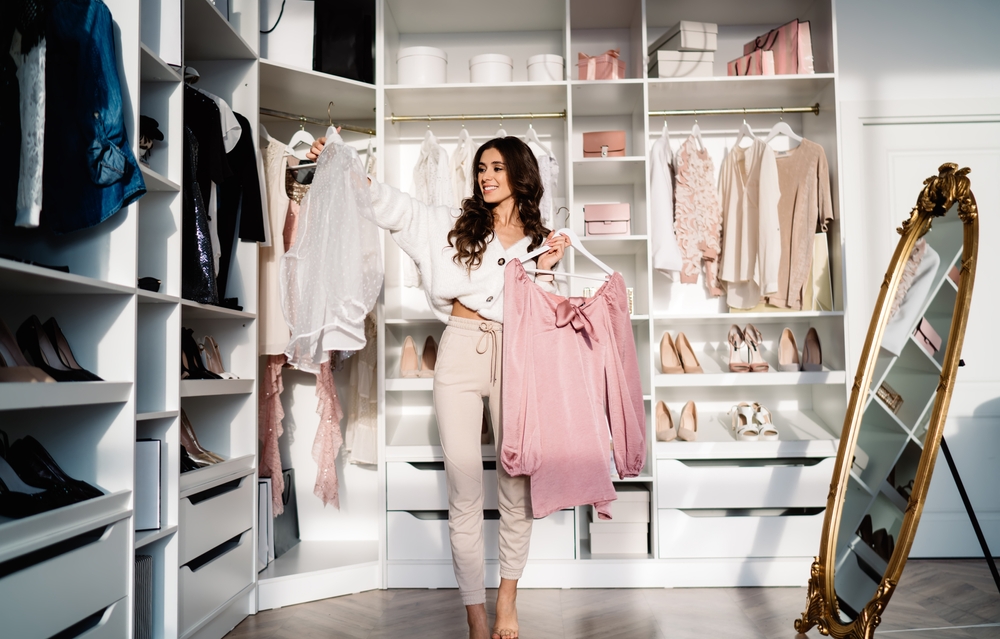
When influencers promote designer collaborations with fast-fashion brands as affordable, there’s often a catch. While the prices are lower than the designer’s main line, they can still be steep compared to everyday wear. A $70 designer t-shirt might seem a bargain in influencer terms but remains pricey for many. The excitement around such collaborations often overshadows their actual accessibility.
For the average shopper, these limited-edition pieces can be a fun splurge, not an essential buy. They appeal to those who want a taste of luxury without the full price but still need to manage their budget carefully. The notion of affordability varies widely, and while influencers celebrate the accessibility of these pieces, they still reflect a luxury mindset. True affordability encompasses variety and value, not just brand appeal.
11. Exclusive Events
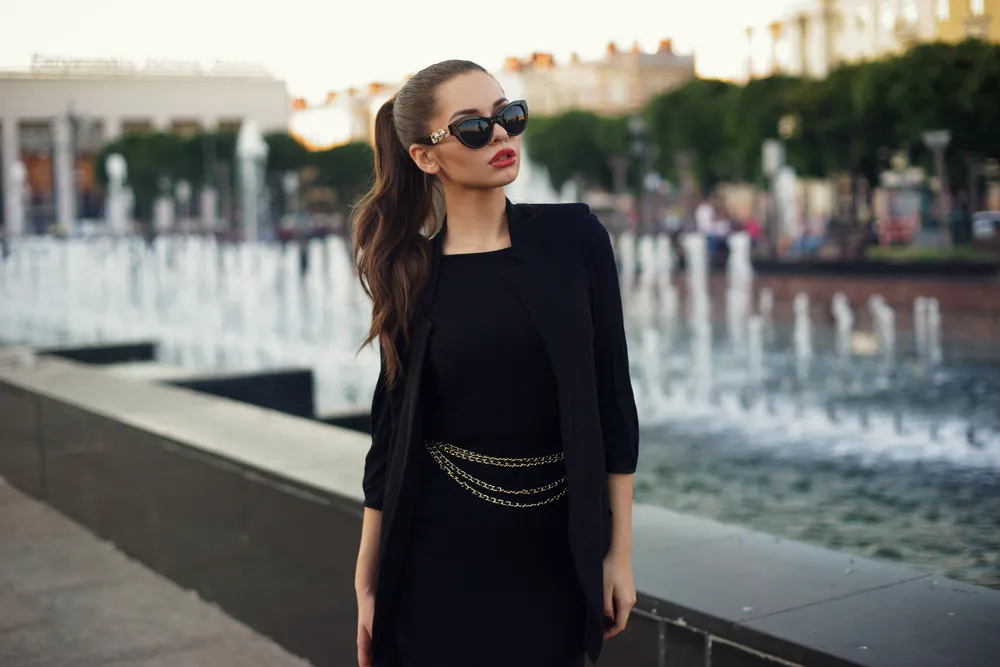
Influencers often hype exclusive events as a must-attend, labeling them as affordable experiences. Yet, when you factor in ticket prices, travel, and accommodations, the costs can skyrocket. For many, these events are far from affordable, encompassing a significant portion of their discretionary spending. The portrayal of such events as universally accessible overlooks the financial strain they can impose.
Attending an exclusive event might offer unique experiences but often demands careful financial planning. For those prioritizing other financial goals, such events can feel out of reach. Real affordability takes into account all associated costs, not just the ticket price. While influencers may view these events as investments in their brand, for many, they remain a luxury, not a necessity.
12. Specialty Coffee

Influencers love sharing their daily specialty coffee runs, often describing them as affordable indulgences. However, at $5 or more per cup, these daily habits can quickly add up. For many, brewing coffee at home is a more budget-friendly routine. The notion that these daily luxuries are accessible to all overlooks the cumulative financial impact.
While a specialty coffee provides a delightful experience, its affordability remains subjective. Most people balance such indulgences with financial goals and prioritize their spending. True affordability considers frequency and necessity, not just momentary pleasure. Influencers may embrace daily coffee runs as a norm, but for others, they remain an occasional treat rather than a daily habit.
13. Trendy Fashion Pieces
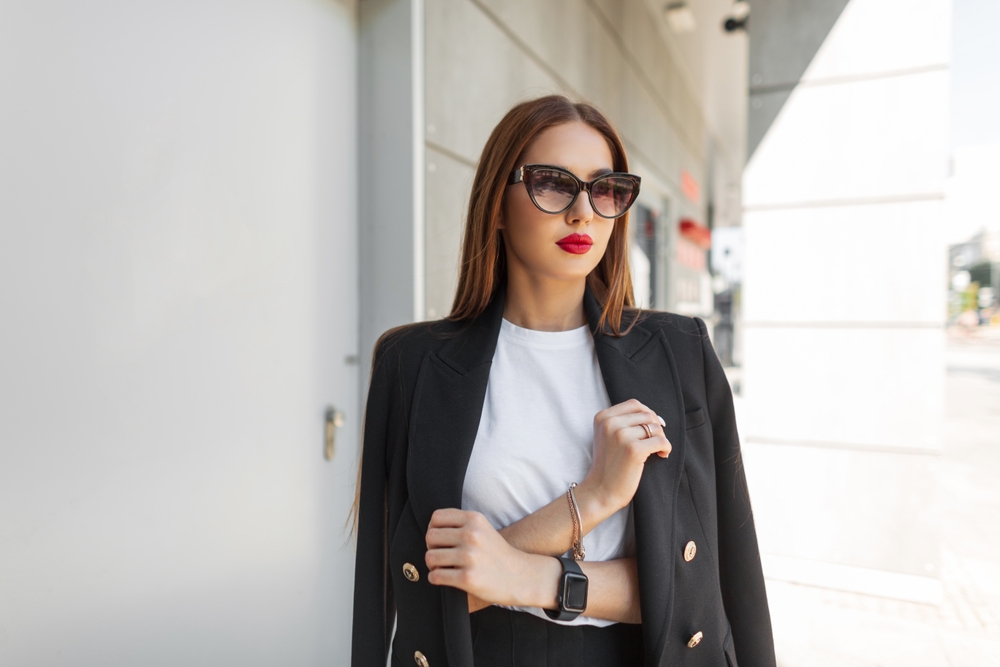
When influencers showcase trendy fashion pieces and label them as “affordable,” it often requires a double-take. A $200 jacket may be considered a steal in the influencer world, but for many, it’s a considerable expenditure. Fast fashion offers cheaper alternatives, but the influencer-endorsed pieces often carry a premium. The disparity in perceived affordability underscores the gap between influencer culture and everyday reality.
For those on a budget, keeping up with trends means being selective and strategic about purchases. Fashion doesn’t have to break the bank when you shop mindfully and focus on timeless pieces. The influencer portrayal of affordability often doesn’t align with broader economic realities. Real wardrobe affordability involves balancing style, quality, and price, not just following fleeting trends.
This article is for informational purposes only and should not be construed as financial advice. Consult a financial professional before making investment or other financial decisions. The author and publisher make no warranties of any kind.

